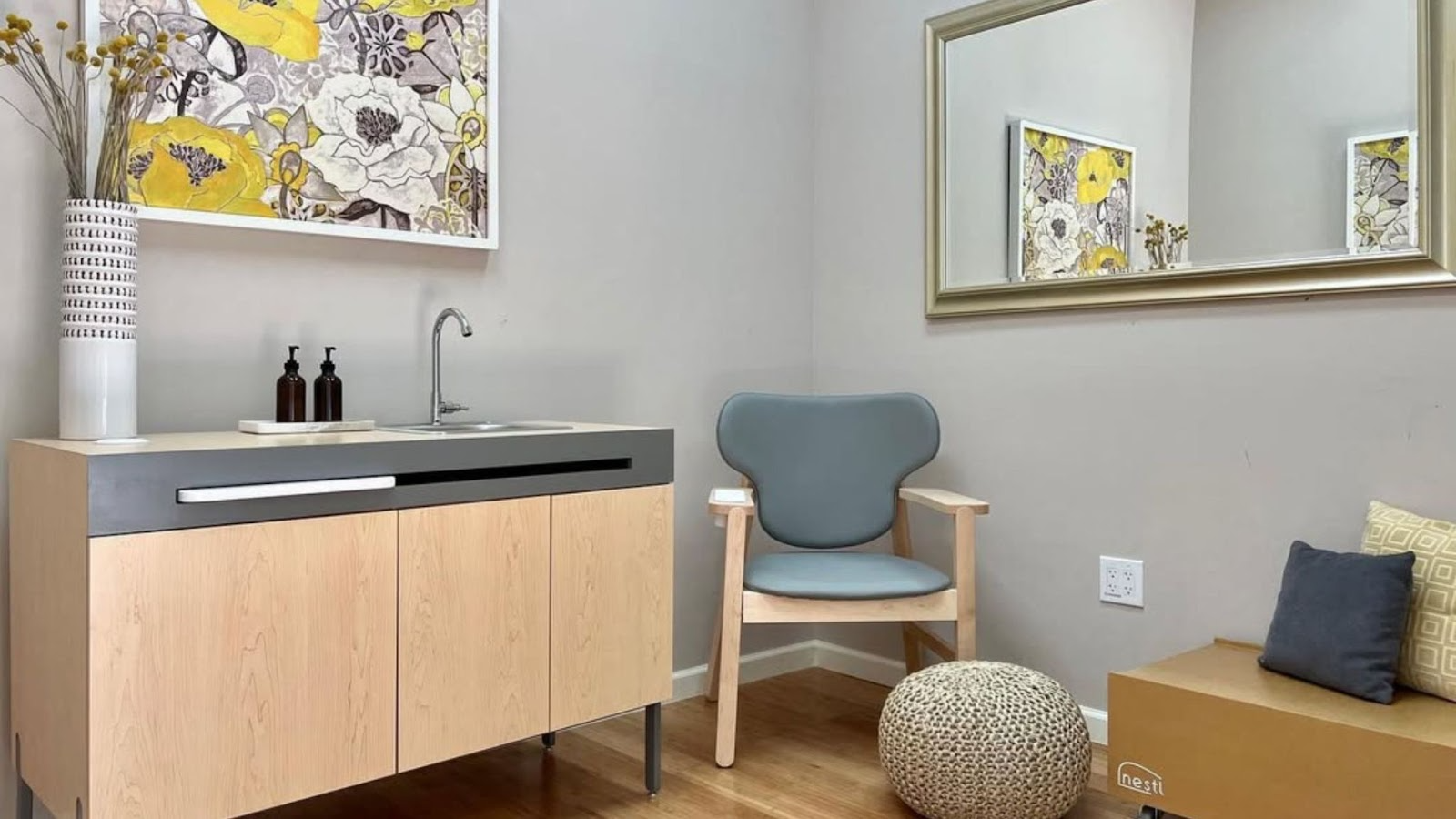While some may view breastfeeding as a temporary moment in time, supporting breastfeeding mothers is here to stay. In fact, organizations should prepare for increased pressure from new parents and lactating employees to provide clean, safe, and sanitary lactation rooms.
Why is that? Let’s look at some of the cultural shifts and market inputs that are influencing the demand for proper lactation room accommodation.
1. The American Academy of Pediatrics Increased its Breastfeeding Duration Recommendation from 1 year to 2 years.
On June 27, 2022, The American Academy of Pediatrics made its first change in its breastfeeding duration policy in 10 years. The new policy changes the recommendation on how long a nursing mother should provide breast milk to a child for the optimal benefit. Previously, the AAP stated that – if the health of the baby and mother allowed for it – it was ideal for a breastfeeding mother to breastfeed exclusively for the first 6 months, and continue through to 1 year. In a newly published set of guidelines stemming from various research studies, the AAP extended that timeline, now recommending mothers provide breast milk for the first 2 years of life. This shift is tremendous and has meaningful impacts for mothers and parents, babies, and employers alike.
The average maternity leave in the US is 10 weeks. With over 84% of infants starting life on breastmilk, this means that when women return to the workplace they are likely still breastfeeding. The ability to provide human milk as infant nutrition while successfully maintaining job responsibilities can be difficult. It’s made even more challenging when there is no designated space or if a designated mothers room is not properly outfitted with a sink, refrigerator, pumping chair, and other proper lactation room provisions.
2. Baby Formula Shortage
Not all mothers can or want to breastfeed, regardless of the recommended guidelines from the American Academy of Pediatrics. Unfortunately, in today’s climate, some women may not have a choice. The baby formula shortage that has plagued our country has meant that even more parents must provide breast milk as nutrition, and may continue to do so for longer given the lack of available alternatives. No doubt, all parents do the best they can to nourish their little ones. But when the options are limited, the choice to breastfeed may be the only way they can do so.
3. Remote Work Opportunities are Increasingly Available, Putting Pressure on Employers to Provide Top Lactation Accommodations to Bring Employees Back to In-Person Work
Where are women working these days? All over. An extensive study completed by Upwork reports predicts that 36.2 million workers or 22% of Americans will be working remotely by the year 2025. This is an 87% increase from pre-pandemic levels. With this skyrocketing change in the ability to work remotely, women have more choices than ever before about where to work. Remote work provides many work opportunities for mothers that breastfeed at home, allowing them to avoid the need to pump at work. For employers looking to attract and retain female talent, they must wisely invest in lactation accommodation, including proper lactation rooms for pumping while at work. Remote work opportunities make all markets even that much more competitive for talent.
4. In the Age of Covid, Safe and Sanitary Space is Golden
If we’ve gained anything from this pandemic, it’s a greater appreciation for sanitation, health, and wellness. Breastfeeding employees that pump at work have private equipment that they use for this purpose and require a sink for proper sanitation of pumping parts, as well as a private lactation or wellness room.
For this reason, women’s health policy makers and advocates are speaking out in support of functional and supportive lactation rooms and lactation pods that provide a private place to keep pumped breast milk to avoid cross contamination, a private sink to easily clean breast pumps and hands, and a lactation chair that is easily cleaned so as not to have residue from previous users.
Undoubtedly, employers have faced their fair share of challenges during these pandemic years. And for many, there are more challenges to come as we re-adjust to a new way of living and working.
The shift to a greater demand for proper nursing mothers rooms will be part of that future world. And the sooner employers take action to improve their lactation space and mothers room accommodations, the better prepared they’ll be for when that happens.
%404x.png)




%404x.png)
